HOT TOPICS
SPOTLIGHT AGENCIES
Indiranagar Metro in progress
Written By psaram42 - 6 November, 2009
Bangalore Water Indiranagar Power Analysis BMRC construction Transportation public transport Metro Rail
We had a nice meeting with Nathan and Kiran of Biome Environmental solutions where a lot of discussions took place about the concept note on Indiranagar Metro project in the context of forthcoming Mobil city Un-conference at IISc. The Metro passes through CMH and 100 ft roads in Indiranagar. We in Indiranagar are quite familiar with the Metro by now.
The huge pre-cast RCC concrete blocks which are the building blocks of the Metro Track are being hoisted and fastened to lay the track pillar to pillar. Some work is also in progress on CMH road regarding providing new man holes for the existing 12 inch ceramic sewage pipe line. This will facilitate connecting the sewage lines of the shopping areas all along the Metro Route.
Generally in cities like Bangalore where development is taking place at a mind boggling pace the first casualty is physical movement of commuters. Hence the CISTUP and the un-conference organized by Praja are highly important. While high lighting the Metro progress it is important to recognize the importance of these transport arteries role in providing the infrastructure for those requirements other than the transportation of people. Here I am trying to point out the relevance of transportation of
- Drinking water
- Sewage water.
- Electric Power
- Voice and data
The forth item viz V & D involves multiple private players as opposed to the first three where it is a monopoly of the public sector. BWSSB and BESOM are the PSUs involved. The present scenario is a total lack of co ordination when the roads and other infrastructures like Metro are being handled by our government.
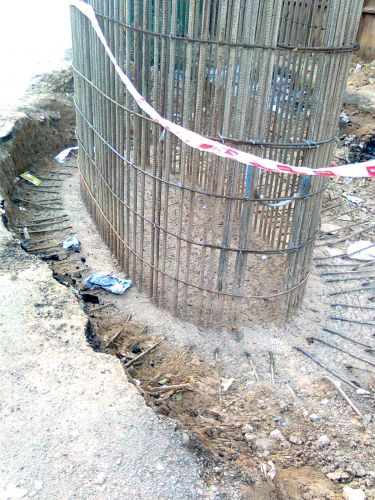
Picture-1 Pillar at turning CMH to 100' Road (Steel Reinforcement)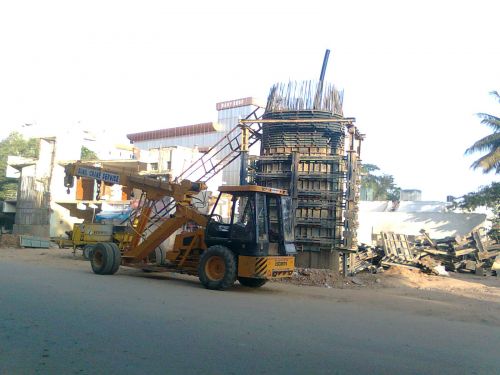
Picture 2. CMH Road to 100 Ft Road Turning 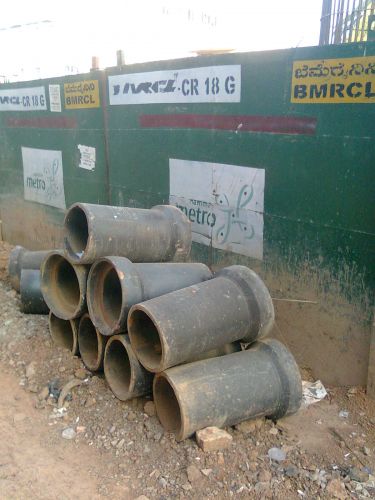
Picture 3. 12 inch Ceramic Pipes 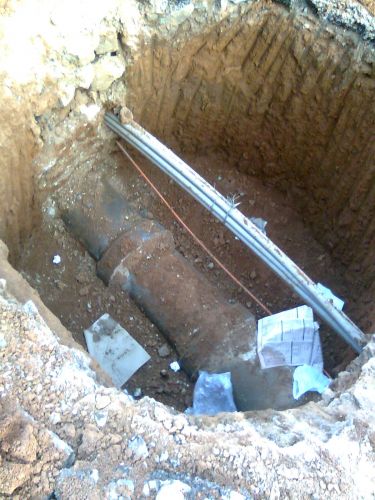
Picture 4. New Manhole under Progress - 1 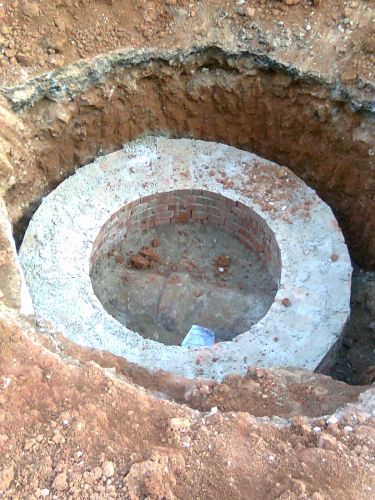
Picture 5 New Sewage Manhole 2
COMMENTS

The hoisting of Pre cast RCC Blocks For the Metro Track
psaram42 - 6 November, 2009 - 06:52
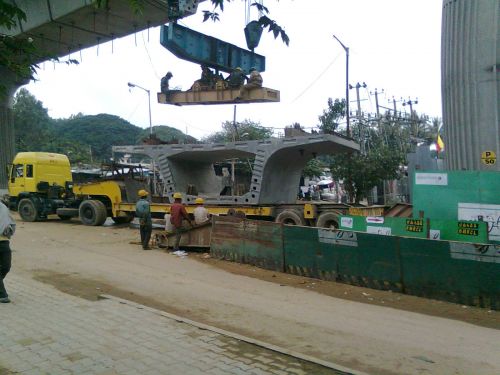
Picture 1 - The Block Arrives
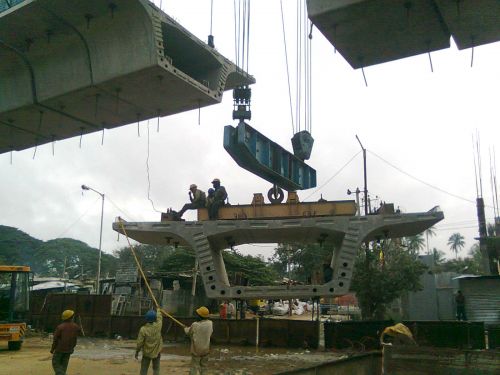
Picture 2 The Block being positioned
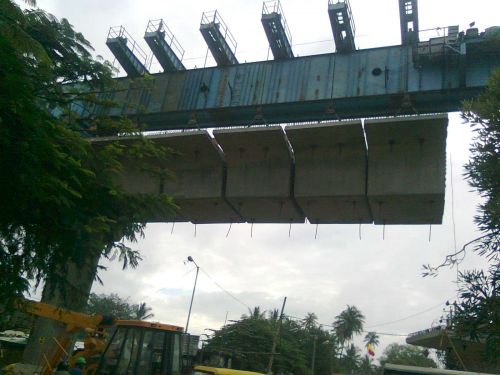
Picture 3 The Block is Attached at track level
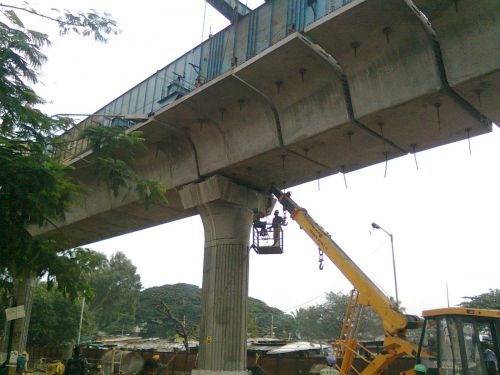
Picture 4 The Workers on top below track level at a pillar

vinod_shankar - 6 November, 2009 - 17:55
Nice pictures PSA sir, the metro bug has caught you also after the recent discussions we had with nate, biome and others.
vinod

RKCHARI - 7 November, 2009 - 01:35
Hi PSA Sir,
Your observation about lack of planning for 'transport' of sewage, drinking water, electric power and voice and data cables is very valid. But as far as BWSSB and BBMP Engineers are concerned, they really have absolutely no concept of how to plan such vital arteries of modern living.
So the question begs - what really is the solution? Bring in International Consultants? At least get their views if not their products and services?
Mr. Sreedharan of Delhi Metro was actually advising some African countries before he took over the DMRC headship. He is still on BMRC Board, I think. Any hope these BMRC 'on the ground' Engineers will listen to him?
What a mess the Bengaluru Metro has become! Meanwhile leading Architects are planning world class stations without toilet facilities!
Wither BMRC?

the two bad words, trace the money first.
silkboard - 7 November, 2009 - 03:54
Those are the two famous words Mr Chari - international and consultants.:)
Understand the root of the problem first - perhaps by following the money. Follow the work break down, and design process. And then suggest fixes, doable ones, preferably in small chunks. Why small chunks? Because, if you can't break a big problem into small doable bits, most likely you have not figured out the problem (basic engineering, right?).
Chari sir, high level funda-baazi about international consultants, and bitching about BMRC (construction will create mess - talk about them missing dates, not taking safety precations with proof - then the rhetoric will find acceptance) - all that is fine, and well accepted by all. But, given your experience dealing with the public work process and agencies here and abroad - you need to educate us better and finer.
Back to the solutoin talk - following the money is key.
Take a recent example from BBMP's road building process. Roads tarring and Sidewalk building were tendered out together. If you compare inch by inch - taring road would cost less than paving sidewalks or covering drains. And since untarred roads are more visible to citizens than bad pavements (reality) - you can guess where would the contractor cut corners.
So - what approach do you take? Either outsource the full road building and maintenance process (so that you can enforce quality of all road amenities), or allocate money for each important peice of work.
And now you see - yeah, pavement design etc can be better - you have footpaths coming up with speed and of reasonable quality around the city.

silkboard - 8 November, 2009 - 03:52
thanks Chari.
Now, may be we should talk all N small small issues with public work process in a separate post - your last comment can lead it off, and let us spread your experience and some member's theoritical knowledge around to all.
Done - http://praja.in/en/blog/silkboard/2009/11/07/public-works-workings-and-problems
PRAJA.IN COMMENT GUIDELINES
Posting Guidelines apply for comments as well. No foul language, hate mongering or personal attacks. If criticizing third person or an authority, you must be fact based, as constructive as possible, and use gentle words. Avoid going off-topic no matter how nice your comment is. Moderators reserve the right to either edit or simply delete comments that don't meet these guidelines. If you are nice enough to realize you violated the guidelines, please save Moderators some time by editing and fixing yourself. Thanks!





